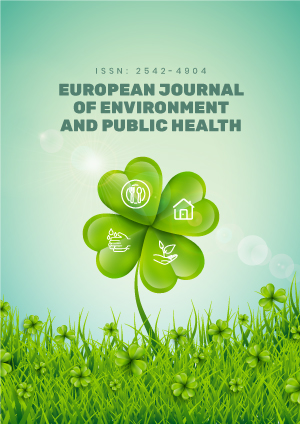Abstract
Physicians do not receive formal environmental health training in medical schools. The objectives of this study were to provide health care providers with basic environmental medicine training to better advise, treat or refer patients in the community and to observe any differences in the environmental medicine learning gains pre/post- test assessment. To rectify the problem of the lack of physicians’ training related to environmental hazards, we conducted an environmental health workshop which targeted physicians living near Health Zone 1, Superfund ash sites. Fifty health care providers from both St. Vincent Family Medicine and Department of Health, Duval County Health Department (DOH-Duval) participated in a pre-test survey before the training and a post-test survey following the training. We used a non-parametric Wilcoxon Signed-Rank test to compare pre- and post- knowledge of training participants. At the 10% level of significance, the number of incorrect answers significantly declined in the post-training survey compared to the pre-training survey for all participants from both facilities combined (p=0.083). Site-specific analysis show, while a significant difference was found for participants from the St. Vincent’s site (p=0.084), the difference for participants from the DOH-Duval site was not significant (p = 0.102), although the number of incorrect answers declined. The training resulted in learning gains for the 50 participants and the evaluations were very positive with 100% of physicians recommending this training to other health care providers. Additionally, training participants gave a high mark for the environmental medicine pocket guide. In 2019, the ash sites are 90% remediated and cleanup is expected to be completed in 2022. There is still a need for additional training for physicians due to other active sites (i.e., Kerr-McGee) in the community. This study highlights the importance of providing environmental hazards training to physicians and the approach by which it could be delivered effectively.
License
This is an open access article distributed under the Creative Commons Attribution License which permits unrestricted use, distribution, and reproduction in any medium, provided the original work is properly cited.
Article Type: Research Article
EUR J ENV PUBLIC HLT, Volume 5, Issue 2, 2021, Article No: em0086
https://doi.org/10.21601/ejeph/11096
Publication date: 18 Jul 2021
Article Views: 2705
Article Downloads: 1689
Open Access References How to cite this article
 Full Text (PDF)
Full Text (PDF)